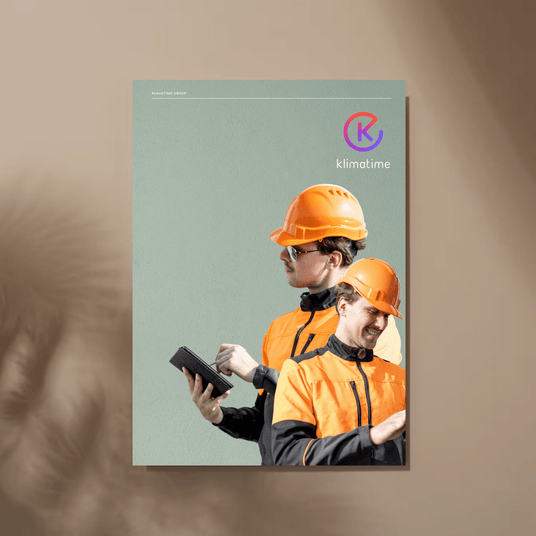When choosing a heat pump for a European home, the architectural characteristics and the home's environment play pivotal roles. The variety of house types across Europe – from modern urban dwellings to rustic countryside homes – requires careful consideration when selecting an appropriate heat pump system.
Compact Urban Homes
In densely populated cities, compact homes such as apartments or terraced houses often lack the space for large systems. For these homes, air-to-air heat pumps are ideal. They require minimal outdoor space for the condenser unit and can fit into small balconies or rooftops. These systems are typically easier and less disruptive to install, making them suitable for homes where space is at a premium and retrofitting complexities need to be minimized.
Suburban Family Residences
Detached or semi-detached suburban homes often have more outdoor space, which opens up the possibility for air-to-water and ground-source heat pumps. Such systems can be integrated with existing radiators or underfloor heating systems. Suburban homes may also have the garden space necessary for laying the horizontal ground loops required for ground-source heat pumps, which are extremely efficient and have the added benefit of providing cooling in the summer months.
Rural Farmhouses and Cottages
Rural homes, such as farmhouses or cottages, may not have easy access to natural gas networks and thus stand to benefit significantly from heat pump technology. For these homes, ground-source or water-source heat pumps can be a perfect fit, especially if there is land available to lay the necessary pipes or if there is a natural water source nearby. The independence these systems offer from external fuel sources is particularly valuable in remote locations.
Historic and Period Homes
The unique challenge with historic or period homes is installing modern technology without disturbing the structure's integrity. In these cases, careful consideration must be taken to select heat pumps that can work with existing old-fashioned radiator systems, which typically require higher flow temperatures. Air-to-water heat pumps designed to work at higher temperatures can often be a suitable choice, provided they can be integrated in a non-invasive manner.
High-Efficiency Homes and Eco-builds
For new builds, especially those designed with high energy efficiency in mind, such as passive houses, heat pumps are an integral part of the design. These homes are well-insulated and airtight, reducing the overall heating load and allowing the heat pump to operate in the most efficient range. In these cases, lower temperature heat pumps, such as air-to-water systems, are often sufficient to meet heating and hot water demands.
Key Considerations for Each House Type
- Space availability: The presence of outdoor or underground space is a determinant in choosing between air-source and ground-source heat pumps.
- Insulation levels: High levels of insulation reduce the heating load, allowing for smaller, more cost-effective heat pump systems.
- Existing heating systems: Compatibility with existing radiators or underfloor heating systems is crucial. Some heat pumps are specifically designed to integrate with these systems.
- Architectural restrictions: In historic homes, the visual impact and installation process of the heat pump system need to be considered.
Conclusion
The architectural diversity of European homes requires a tailored approach to selecting heat pump systems. From urban apartments to historic country homes, the choice of heat pump must align with the structural constraints and heating requirements of each unique dwelling. By matching the heat pump to the house type, homeowners can ensure optimal efficiency, comfort, and preservation of the home's character.




















